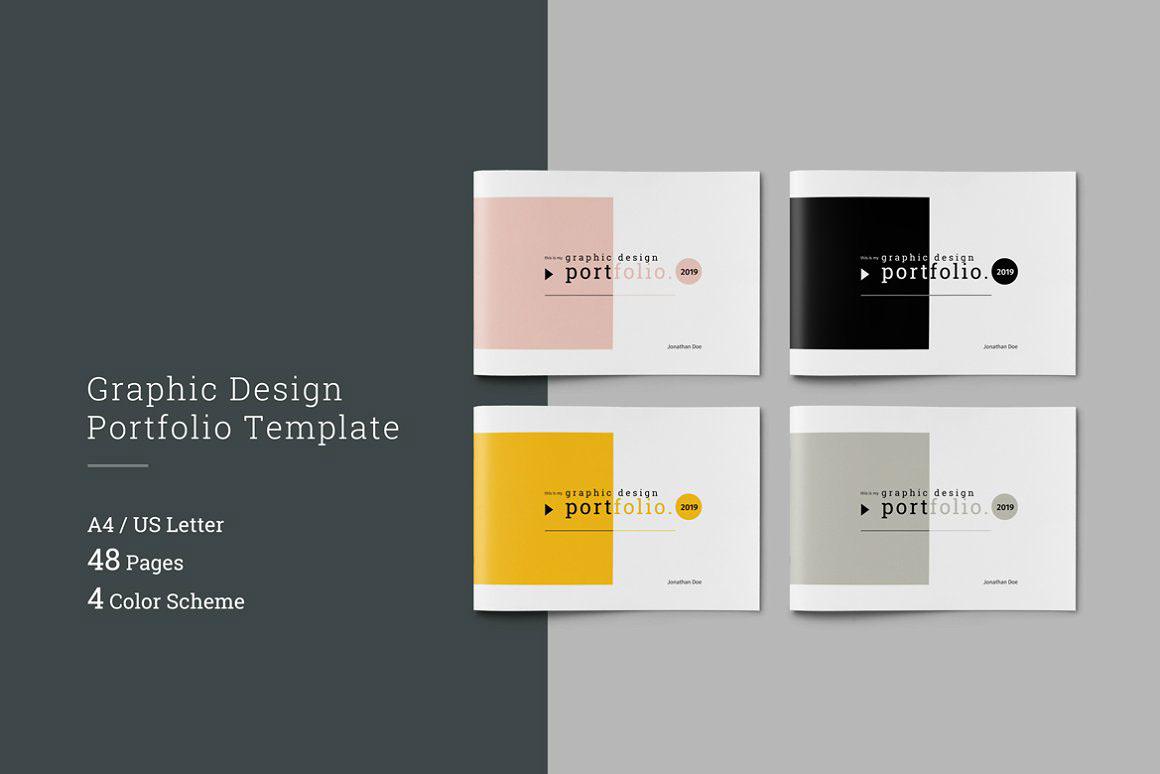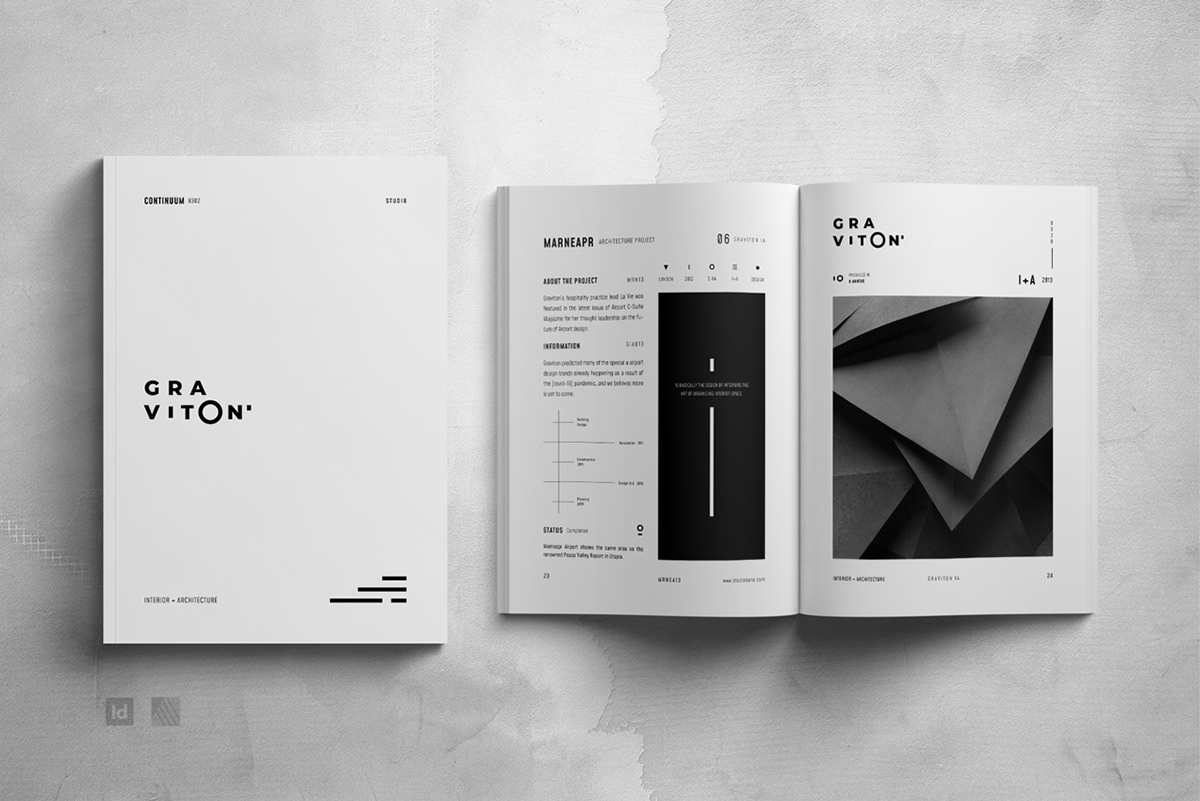If you're looking to showcase your creative work, Behance is one of the best platforms out there. Not only is it visually stunning, but it also connects you with a massive community of artists, designers, and creative professionals. However, to truly stand out, you'll need to organize your project images and pages effectively. In this blog post, we'll walk you through the ins and outs of using Behance to create a professional portfolio that reflects your unique style and capabilities.
Understanding Behance's Platform

Behance is more than just a portfolio hosting platform; it’s a vibrant ecosystem where creativity thrives. Whether you’re a graphic designer, photographer, illustrator, or any other type of creative, Behance offers you a canvas to present your work to the world. Here’s a closer look at its features and functionalities:
- User-Friendly Interface: Navigating Behance is a breeze. The dashboard allows you to easily upload projects, edit details, and track interactions with your work.
- Project Display: Projects are displayed in a visually appealing layout, with options to add multiple images, videos, and even live prototypes, giving your audience a holistic view of your work.
- Customizable Profiles: You can customize your profile to reflect your brand. This includes adding a professional bio, social media links, and a portfolio cover image that stands out.
- Community Interaction: One of the best aspects of Behance is its community. You can follow other artists, appreciate their work, and receive feedback on your projects. This not only builds a network but can also spark collaborations.
- Search and Discover: The platform has robust search and filtering options, allowing users to discover projects by specific styles, creative fields, or color palettes, making it easier for others to find your work.
By understanding these core features and how they work, you can make smart choices about how to present your projects in a way that’s both engaging and professional. The better you understand Behance, the more effectively you can leverage its tools to your advantage!
Also Read This: Adding Transparent Images in Google Slides
Setting Up Your Portfolio

Creating a stunning portfolio on Behance is essential for showcasing your work to potential clients and employers. It's like setting up your virtual storefront, and you want it to shine! The first step is to choose a visually appealing cover image that represents your style. This image is your portfolio's first impression, so make it count!
Here’s how to get started:
- Sign Up or Log In: If you don’t already have a Behance account, take a moment to create one. If you do, just log in and let’s get started!
- Choose a Username: Your username should be memorable and reflect your personal brand. This will be how people find you!
- Complete Your Profile: Fill in your bio, including your skills, industries, and interests. Adding links to your social media and website can also help people connect with you better.
- Customize Your Layout: Behance allows some customization. Utilize features like background color and layout options to make the portfolio visually appealing.
After your profile is set up, focus on adding projects. Each project can have a catchy title, a detailed description, and a series of images or videos. Don’t underestimate the power of a strong project description; it tells the story behind your work!
Also Read This: How to Transfer an Image to Wood
Organizing Projects Effectively

Now that you have everything set up, let’s talk about how to organize your projects effectively. A well-organized portfolio not only looks professional but also makes it easy for visitors to navigate and appreciate your work. Think of your portfolio as a curated gallery—everything should be displayed thoughtfully.
Here are some strategies to consider:
- Categorization: Group your projects into categories like Graphic Design, Illustration, Photography, etc. This helps viewers quickly find what they’re interested in.
- Featured Projects: Behance allows you to feature certain projects. Choose your best work to display prominently on your profile.
- Project Order: Arrange your projects in a logical flow. You could organize them chronologically, by category, or by most recent work first.
- Consistent Branding: Ensure that your branding is consistent across all projects. Use similar fonts, colors, and layouts to create a cohesive look.
To sum up, think of your portfolio as your artistic resume. It should reflect not just your skills but also who you are as a creator. Take the time to organize your projects effectively, and you’ll create a portfolio that stands out!
Also Read This: How to Download Free Images from Getty Images Legally
Managing Images and Visuals

When it comes to showcasing your work on Behance, the images and visuals you choose can make or break your project. It's essential to manage them effectively to ensure your portfolio looks polished and professional. Here are some strategies to keep in mind:
- High-Quality Images: Always use high-resolution images. Blurry or pixelated visuals can detract from the quality of your work. Aim for clarity to engage your audience.
- Consistent Style: Adopt a consistent visual style across your images. Whether it's color grading, typography, or image filters, maintaining a similar aesthetic will help establish your brand identity.
- Image Dimensions: Take note of the recommended image dimensions for Behance. Specific dimensions ensure that your visuals display perfectly across devices. Typically, aim for an aspect ratio of 16:9 for optimal results.
- Organize Your Files: Before uploading, organize your images in folders. This could be by project type, color palette, or any categorization that makes sense to you. It’ll save you time when assembling your portfolio.
- Captioning Your Images: Don’t forget to include captions! Briefly describe each image or what it represents. This provides context and can draw viewers in.
Remember, the goal is to create a cohesive story with your visuals. When they work together harmoniously, they’ll leave a lasting impression on your audience!
Also Read This: How to Win Recognition for Your Creative Work on Behance
Creating Cohesive Pages
A cohesive page layout is crucial for presenting your projects effectively on Behance. It’s not just about throwing images and text together; it's about crafting an experience for the viewer. Here’s how to create pages that flow beautifully:
- Unified Layout: Use a consistent layout for all your project pages. For instance, if you choose to place images on the left and text on the right, stick to that format. Consistency helps viewers navigate your portfolio more easily.
- Color Palette: Select a color palette that reflects your brand and stick to it. Using the same colors throughout encourages visual harmony, making your work feel like a cohesive collection.
- White Space: Don’t be afraid to use white space! It helps to break up text and images, making the content more digestible and keeping the viewer’s focus on what matters.
- Typography: Choose two or three fonts at most for your pages. Consistent typography improves readability and reinforces your visual identity.
- Sequential Flow: Arrange your content in a logical sequence. Start with an introduction, followed by the project images, and finish with your thoughts or a conclusion.
By carefully considering how you arrange your projects, you invite viewers to engage with and explore your work. A well-organized portfolio not only showcases your talents but also speaks volumes about your professionalism.
Also Read This: Embedding Your Prototype in Behance to Showcase Interactive Designs
7. Tips for a Professional Presentation
Creating a standout portfolio on Behance is essential for making a lasting impression on potential clients and employers. Here are some tips to ensure your project images and pages are presented in a professional manner:
- Consistent Branding: Make sure your portfolio reflects your personal brand. Use a consistent color scheme, typography, and layout style across all your projects. This not only enhances your aesthetic but also makes it easier for viewers to recognize your work.
- Quality Over Quantity: It's better to showcase a few high-quality projects than a multitude of mediocre ones. Select your best work that represents your skills effectively. Aim for a range of projects that demonstrate diverse capabilities.
- High-Resolution Images: Ensure all images are high-resolution. Blurry, pixelated images can detract from the professionalism of your presentation. Use quality tools for photography and editing to elevate your visuals.
- Informative Descriptions: Each project should include a brief description. This is your chance to narrate the story behind the project, your thought process, and the tools you used. Aim for clarity and brevity—provide enough detail to intrigue the viewer without overwhelming them.
- Strategic Layout: Organize your project images thoughtfully. Use a grid layout or the 'project in progress' section to guide viewers through your creative process. A well-structured layout makes your portfolio easy to navigate.
All these elements combined can significantly help in presenting your work professionally, making it easier for potential clients or employers to appreciate your skills and creativity.
8. Conclusion
In conclusion, organizing your project images and pages on Behance is more than just a visual endeavor; it's about telling your story in a way that resonates with your audience. A well-curated portfolio can effectively showcase your skills and creativity while leaving a lasting impression. Remember to prioritize quality, consistency, and clarity in your presentations.
As you navigate the challenges of portfolio building, keep in mind the following key takeaways:
| Key Takeaway | Actionable Tip |
|---|---|
| Consistency is Key | Maintain a uniform aesthetic across projects. |
| Quality Matters | Curate your best works rather than adding every piece. |
| Engage Your Audience | Use engaging descriptions and narratives for each project. |
| Show Growth | Include a mix of projects showing your evolution over time. |
By implementing these strategies, you can enhance the professionalism of your Behance portfolio and set the stage for new opportunities. So, take those first steps towards curating a portfolio that truly represents your unique talents and passions. Happy creating!
 admin
admin








